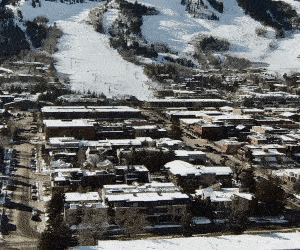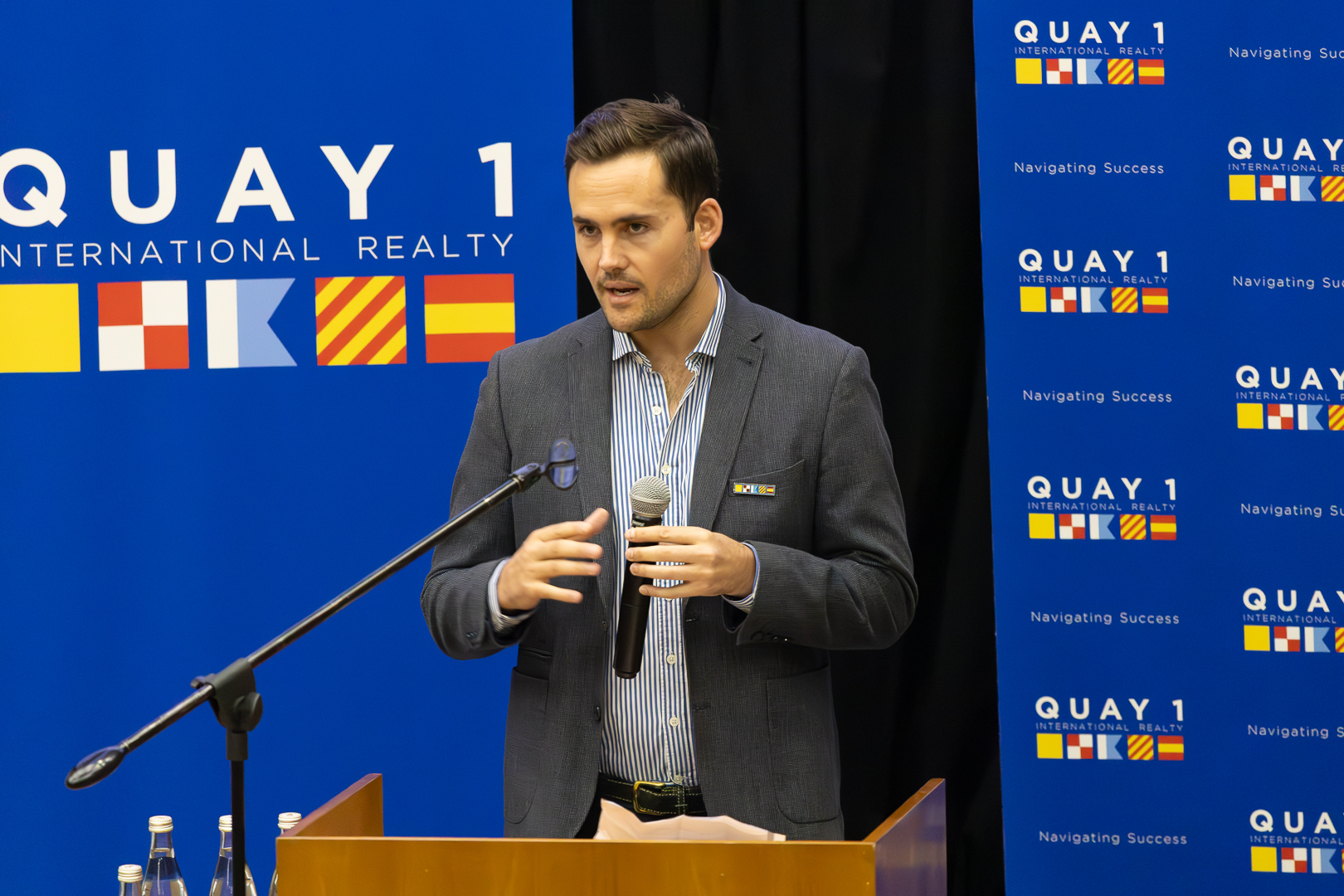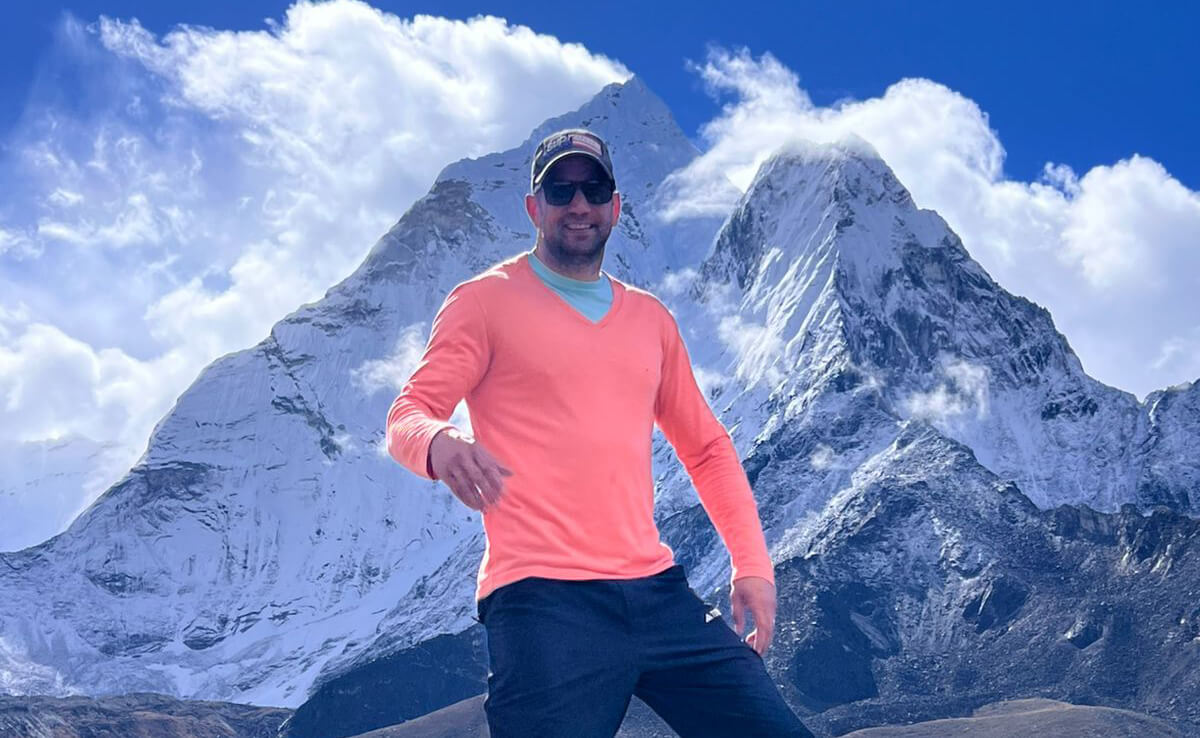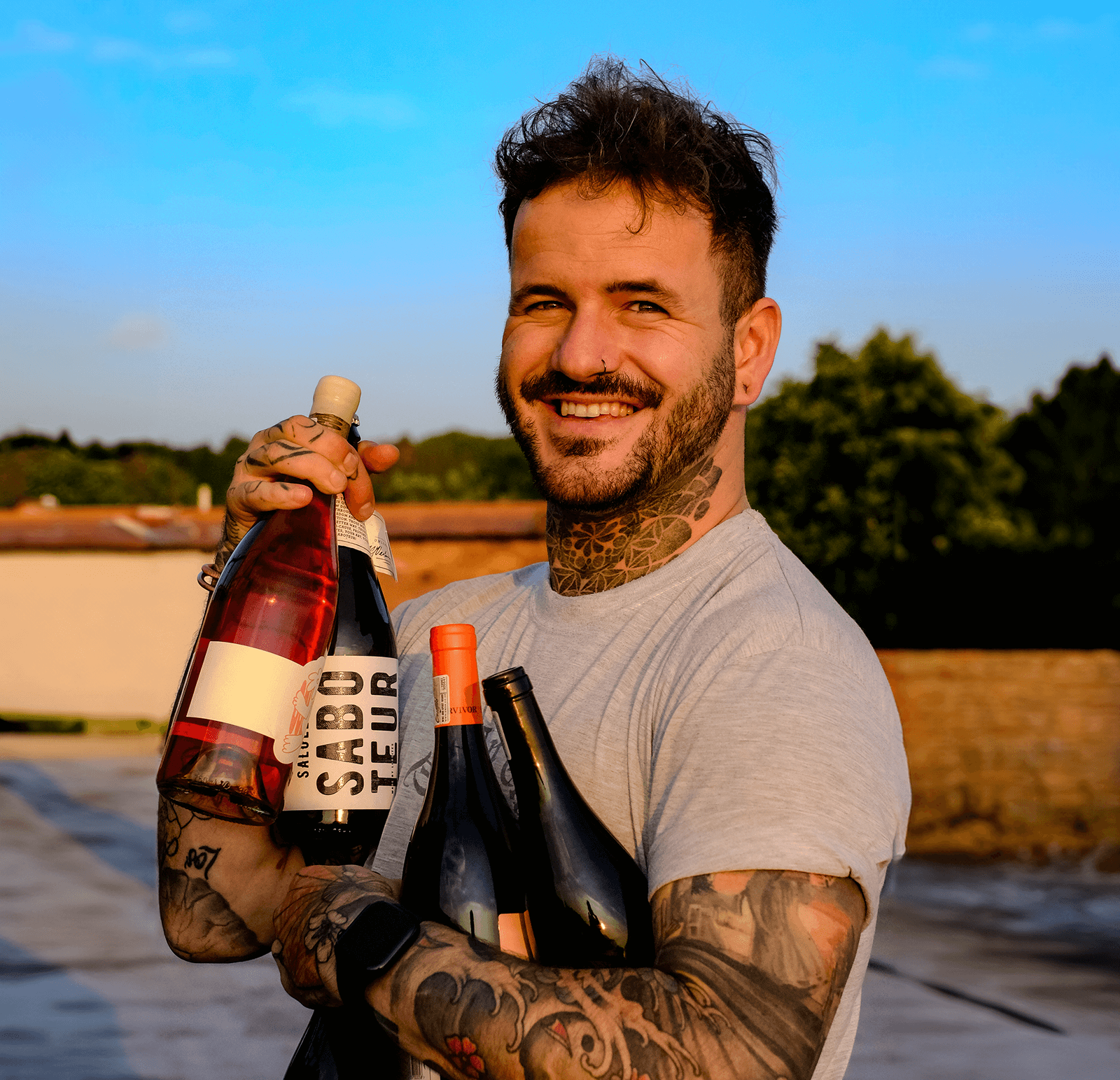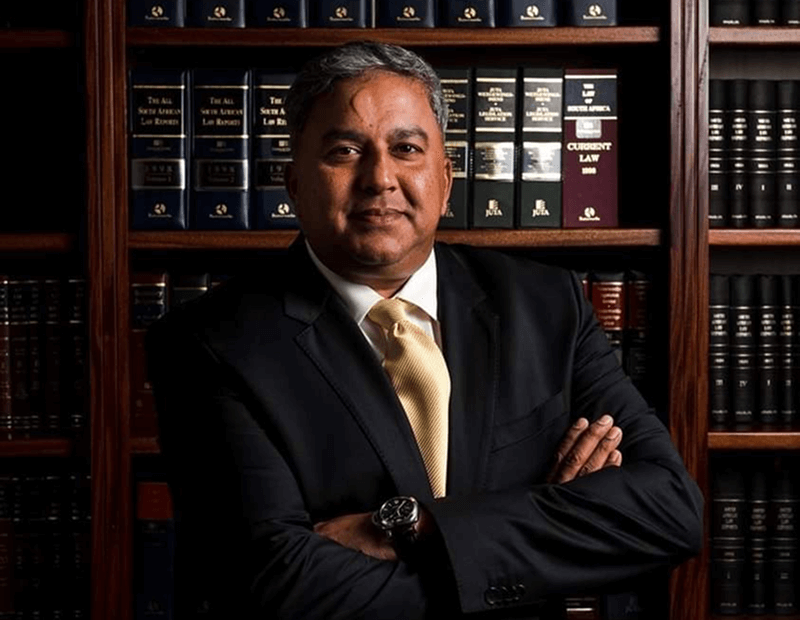Born and raised in the mountain‑town cradle of Aspen, Colorado, in 1976, Andrew Ernemann’s journey reads like a blueprint for transformation: from competitive alpine skier to engineer‑mindset strategist, from consultant at McKinsey & Company to president of Aspen Snowmass Sotheby’s International Realty.
At the U.S. Alpine Championships in 1995 he captured the Junior National Overall title and downhill crown—signalling early his appetite for high‑stakes performance. After graduating Phi Beta Kappa from the University of Colorado Boulder with a psychology major and earning a master’s in civil engineering from Stanford University, he combined athletic discipline, academic rigour, and strategic acumen into a rare leadership profile.
Today, Ernemann guides one of the world’s most elite luxury‑property brokerages, leading a team that operates at the convergence of finance, architecture, tourism, and lifestyle. It’s a role that reflects not just market acumen but a deep‑rooted understanding of place, people, and purpose. As part of The Good Business Journal’s mission to spotlight entrepreneurs who bridge local and global realms, here’s a conversation that traces how Andrew built his own path—and how Aspen itself has evolved along with him.
Bryan Welker sat down with Aspen native and Sotheby’s International Realty president Andrew Ernemann to trace his path from champion skier to industry leader—and how Aspen’s transformation mirrors his own journey of resilience, reinvention, and purpose.
The Good Business Journal: You were born in Aspen, Colorado in 1976. What was it like growing up in Aspen in the 80’s?
Andrew:
Aspen, at that time, felt wonderfully small. In my grade school we had maybe 30–40 kids per grade, compared to three times that now. My parents rented a modest house in the West End, which today is a high‑end neighbourhood, and I could walk or ride my bike everywhere during summer. We didn’t have dozens of sports or camps—just Little League Baseball—so childhood had a nostalgic, slow‑paced feeling.
GBJ: And what was life like after high school?
Andrew:
First I majored in psychology with a minor in economics at Colorado, then went to Stanford for a master’s in civil engineering, specialising in construction management. After Boulder, I joined Janus Mutual Funds in Denver in their marketing department—I had no marketing experience but learned a lot helping to create ad campaigns and dealing with the mundane aspects of the job like overseeing the printing of and prospectuses. Then, in 2003, I joined McKinsey & Company in Los Angeles.
At that time, McKinsey hired predominantly MBAs, so being accepted as a master’s‑level candidate felt like a rare opportunity. The firm became my professional boot camp. I was immersed in projects across private equity, airlines, construction and media, learning how very different businesses operate, where inefficiencies hide, and how leadership culture shapes results.
I gained a crash‑course in strategic problem‑solving—from building financial models to structuring presentations for executives—and an appreciation for analytical rigour and communication under pressure. Those lessons in discipline, curiosity and structured thinking have stayed with me ever since, even though consulting wasn’t where I wanted to be long‑term.
GBJ: How did you go from consultant to where you are now?
Andrew:
After grad school at Stanford I realised I was really drawn to real‑estate development—building things tangible, shaping built environments. However, there were almost no development jobs in the Bay Area after the tech collapse which is why I moved into consulting in the first place. I didn’t plan on going back but after I did my time at Mckinsey I happened to land a job with a husband and wife real-estate developer in Aspen.
I thought I had found my dream job but then the Great Recession dried things up on the real-estate development side. They wanted me to travel across the country to find new projects but I was starting a family so I decided against it.
That’s when I did what I told myself I’d never do, which is sell real estate. I got my licence and started selling about sixteen years ago.
GBJ: You were away for quite a while, what changes did you see in Aspen after your return?
Andrew:
When I returned, I found Aspen on the cusp of attracting real professional opportunities for people in their 30s and 40s. Growing up, tourism was winter‑only; summer was quiet. But by the time I moved back, summer tourism was booming, year‑round lifestyles were emerging, and I thought: this town isn’t just for kids anymore—it’s a playground for adults too.
GBJ: Having moved into real estate, Aspen’s further maturation over the years obviously played in your favour. When did the thought of becoming president of Sotheby’s enter the frame?
Andrew:
In the beginning, I wasn’t aiming to be president of Aspen Snowmass Sotheby’s International Realty, but there came a time when I wanted a new challenge—something different, though I didn’t know what that was.
As luck would have it, the company needed someone to step up, and my partners encouraged me to try. Leading a firm with two hundred agents, thirty staff, and more than ten offices felt like an interesting challenge and a great example for my sons—to see me tackling something new, hearing different conversations, and growing into a new environment.
GBJ: In 2021, you assumed the leadership of the firm. What didn’t you know then that you wish you had?
Andrew:
I wish I’d known more about how to handle difficult staff or agent conversations. Even though I’ve known myself well, I’ve had situations where I wished I’d responded differently.
GBJ: That experience sometimes is the teacher that you have to have, right?
Andrew:
No question. And I’d say a great leader can learn from other people’s mistakes, but I think realistically speaking, you’re going to have to make your own mistakes. And the great thing about being a leader is that the buck stops with you, so it forces you to learn.
That’s what I try to convey to employees who are stepping into leadership: When you’re placed in a tough situation with no one to defer to, you’re in a position that forces you to make a decision that will inevitably seem like a mistake in hindsight—but at the end of the day, it’s an opportunity to learn.
GBJ: What do you think are the characteristics of a great leader?
Andrew:
I think it’s crucial, first of all, to know yourself and to be comfortable in your own skin. As strange as it sounds, it wasn’t until I was eight or nine years into my real estate career, around the age of forty‑four or forty‑five, that I finally felt a true sense of confidence.
I had lived many professional lives: a ski racer, a consultant, a developer, a broker. You’d think confidence would come easily, but what I didn’t know was how much I still had to learn.
True leadership begins when you accumulate enough experience to see your blind spots clearly. Some people have that confidence early, and that’s great, but for me, it took time.
Secondly, a clear moral compass is essential. You have to know, ethically and personally, what feels right or wrong—to sense when something’s off and act accordingly. I remind myself constantly of the famous Nike phrase that I’ve adapted for myself: “Do right, do good, just do it.” As a leader, you have to make decisions that are right for the company, right for your people, and right in principle—and then have the courage to move forward.
Finally, communication is everything. And it’s not just whether you’re communicating but how: Are you speaking in a way that others can truly hear? Is your tone and word choice appropriate for the moment? Communication isn’t about volume—it’s about clarity, empathy, and timing. When you encounter someone who communicates exceptionally well, it’s palpable; it changes how an organisation feels and performs.
GBJ: How does one become a good communicator?
Andrew:
Knowing what you want to communicate and why. That’s an important starting point, but the bigger piece is understanding your audience. I tell our staff and agents constantly: you can know exactly what you’re trying to say, but if you don’t grasp what’s important to your audience—how they process information, what resonates with them, what might trigger them—you’ll miss the opportunity to connect.
Whether it’s a company‑wide email or a marketing piece, the first question I ask is: who is this for? Are we speaking to clients, to agents, to the public? Every audience hears language differently. If our message isn’t tailored to that, even the best idea won’t land. Communication isn’t just about projecting clearly—it’s about creating understanding.
GBJ: Turning to your industry now, you’ve witnessed an incredible transformation in Aspen’s luxury real‑estate market. Can you put that in perspective?
Andrew:
It’s difficult to grasp from the outside just how unique Aspen’s market really is. Fifteen years ago, a $10 million sale was considered extraordinary, the kind of achievement agents dreamed about. Average prices hovered below $1,000 per square foot, and even a $2 million condo felt significant.
Over the next decade, the market grew steadily, six to seven per cent appreciation annually, but never overheated. By 2018 and 2019, we were seeing $20 million sales become the new benchmark, and prices nudging toward $2,000 per square foot. There might have been two or three $20 million‑plus deals a year, and those were headline news.
GBJ: And then the Pandemic hit…
Andrew:
COVID completely reshaped the market. During the six‑week lockdown, we were nervous—no closings, cash reserves shrinking, and fresh memories of the Great Recession when Aspen prices fell up to 50 per cent.
But instead of collapsing, the market ignited. Aspen became a refuge, and suddenly the phones were ringing off the hook. Rentals skyrocketed first, then sales. From that moment, we began to see 20 per cent annual appreciation.
Prices doubled within a couple of years, and by 2021–2022, we recorded close to thirty sales above $20 million—along with the valley’s first $50 million and $100 million transactions. Today, $3,500 per square foot is typical, and some sales even hit the $6,000–$7,000 range.
GBJ: What does that surge mean for the Aspen community?
Andrew:
It’s a tide that raises all ships. Higher values influence every layer of the local economy—from land prices and construction costs to who moves here and how the town functions.
The demographic has shifted; builders and contractors are charging record‑high rates, and even basic homes now require investment levels once reserved for estates. That affects design, permitting, infrastructure, and the rhythm of daily life in the valley.
GBJ: And from a construction standpoint, how has that transformation unfolded?
Andrew:
I spoke recently with a contractor, and he said the minimum build cost is about $2,000 per square foot, though most are closer to $3,000 or more.
The house next to mine, for example, is under construction and is apparently costing around $3,500 per square foot to build. For a 5,000‑square‑foot property, that’s roughly $17.5–$20 million just in construction—before land, design, or approvals.
One project like that injects extraordinary capital into the local economy: seven‑figure permit fees, architects, engineers, tradespeople, electricians, plumbers, designers—all local families supported by that work.
GBJ: So tourism is no longer the only pillar of Aspen’s economy?
Andrew:
Exactly. When I was growing up, Aspen revolved around ski tourism. Today, tourism is year‑round, but the real estate and construction ecosystem has become equally vital. Each new home sustains layers of ongoing work—property management, maintenance, landscaping, concierge services—that keep the valley’s economy thriving well beyond the traditional ski season.
GBJ: Let’s shift to agent coaching. From fractional condos to $50 m homes—how does the stress change at the top?
Andrew:
The stress doesn’t always scale with the dollars—it shifts. With first‑time buyers, the emotion is high; loans, inspections and minor issues dominate. With $4–6 million buyers, you often deal with sophisticated clients who understand the process and value what you bring.
At the $20–50m+ level, you’re often dealing with wealthy clients who outsource the process to a team, and you’re just one service provider in a large machine. The challenge is different: you have to prove value in a context where the client may not see you as the maestro—just one component.
GBJ: So how do you coach brokers to handle that top‑tier segment?
Andrew:
First, recognise your audience. Your client isn’t always going to value you just because you’re an agent—you must become their trusted advisor. Know the business (contracts, water‑rights, construction), know the market (pricing, off‑market inventory), and create value.
Then, frankly, you need relationships—the pipeline is the lifeblood. In luxury markets, it’s not just who you know among clients, but who you know among other agents, attorneys, appraisers—people who hear whispers before public listings.
GBJ: Finally, what’s your most proud moment so far?
Andrew:
From a sales standpoint, I was the number‑one Sotheby’s agent globally in 2020—out of roughly 25,000 agents. It was great for the family to see translate to tangible success. But more deeply, I’m proud that after years of wandering career paths, I found a role as a leader of our company where it fits like a glove, where I feel the impact and purpose of what I’m doing.
Andrew Ernemann’s story embodies the transformation of Aspen itself, evolving from its small‑town ski roots into a global centre of innovation, architecture, and affluence. His path, which spans the discipline of competitive skiing, the analytical training of McKinsey, and his eventual leadership of one of the world’s most prestigious real‑estate firms, mirrors the city’s growth into a year‑round ecosystem where culture, construction, and community intersect.
In his leadership, Aspen’s modern narrative takes shape: grounded in integrity, sharpened by resilience, and fuelled by collaboration. For entrepreneurs and leaders—in Aspen, South Africa, or anywhere in between—his story underscores a universal truth: when you align experience, ethics, and empathy, you don’t just succeed in business; you elevate the people and places around you.
Born from WDR Aspen, The GBJ wants to ask you: how are you telling your story? Reach out and let us help you with your voice.


